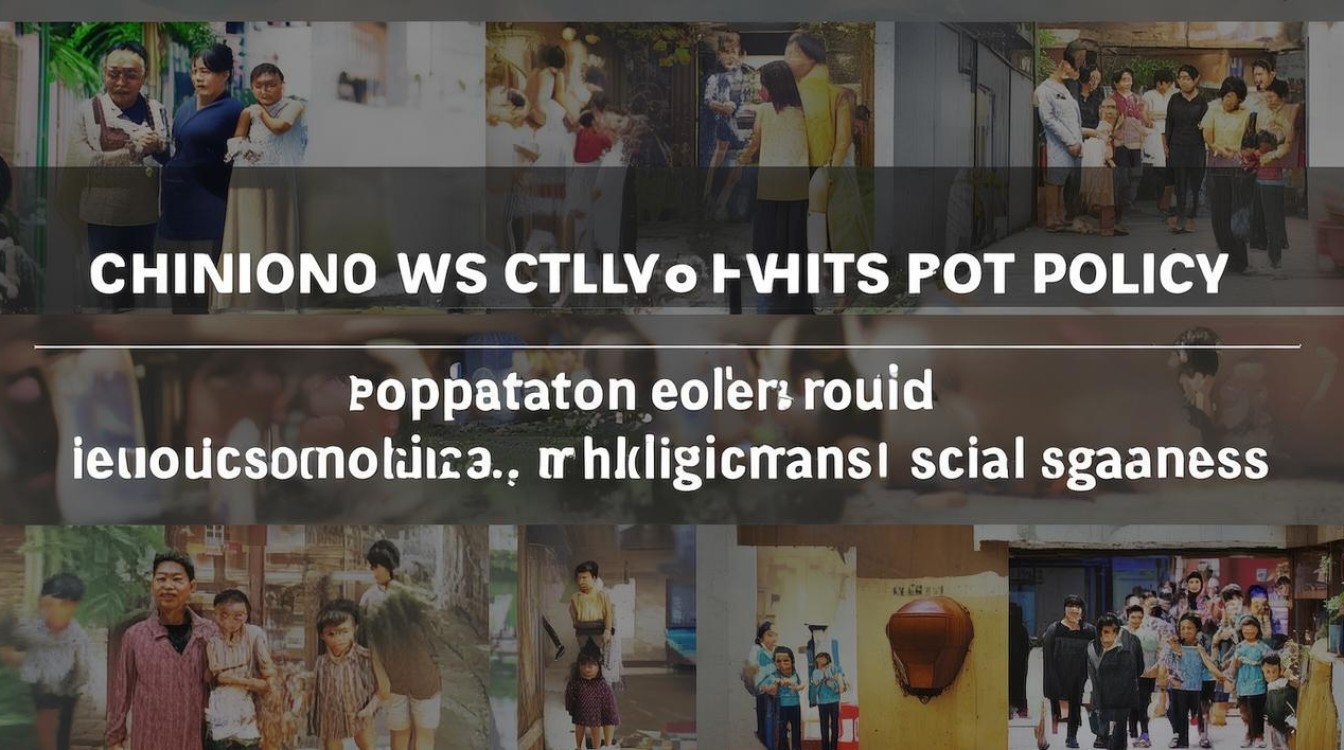China’s two-child policy, introduced in 2016, marked a significant shift from the decades-long one-child rule. This change has sparked debates on its social, economic, and demographic implications. For IELTS candidates, understanding this policy is crucial, as it frequently appears in writing and speaking topics. Here’s an analysis of its effects and how to approach related IELTS questions.

Demographic Shifts and Aging Population
One of the primary reasons for the policy shift was China’s rapidly aging population. With fewer young people entering the workforce, the dependency ratio—the proportion of non-working to working individuals—increased. The two-child policy aimed to balance this by encouraging more births. However, results have been mixed. While some families welcomed the opportunity, others hesitated due to high living costs and career pressures.
In an IELTS essay, you might discuss whether the policy successfully addressed demographic challenges. For example:
"While the two-child policy has slightly boosted birth rates, its long-term impact on aging populations remains uncertain. High urban living costs and workplace discrimination against mothers may limit its effectiveness."
Economic Implications
From an economic standpoint, the policy could stimulate growth by expanding the labor force and consumer base. More children mean increased demand for education, healthcare, and housing, potentially driving economic activity. Yet, critics argue that without supportive measures—such as subsidized childcare or parental leave—many families cannot afford a second child.

For Task 2 essays, you could analyze this duality:
"Economically, the two-child policy offers potential benefits, but without structural support, it may exacerbate financial strain on middle-class families, particularly in cities."
Gender Equality and Social Norms
The policy also intersects with gender issues. Traditionally, Chinese families preferred sons, leading to skewed sex ratios under the one-child rule. The two-child policy might reduce gender bias by allowing families to have both a son and daughter. However, it also risks reinforcing traditional roles, as women often face career setbacks after having children.
An IELTS argument could highlight this complexity:
"Although the two-child policy may normalize balanced family structures, it could also perpetuate gender inequalities if employers penalize women for maternity leave or childcare responsibilities."

Environmental and Resource Pressures
Another angle is sustainability. Critics warn that a larger population strains resources like water and energy, worsening pollution. Proponents counter that technological advancements can mitigate these effects.
In a discussion essay, you might write:
"Population growth from the two-child policy could challenge environmental sustainability, but green innovation and efficient resource management might offset these pressures."
IELTS Writing Tips
When addressing this topic in IELTS essays:

- Structure Clearly: Use a balanced approach—discuss pros and cons before stating your view.
- Cite Data Sparingly: While statistics strengthen arguments, focus on logical analysis if exact figures are unavailable.
- Link to Broader Themes: Connect the policy to global issues like aging societies or gender equality to demonstrate critical thinking.
Personal Perspective
The two-child policy reflects China’s attempt to adapt to modern challenges. While it addresses immediate demographic concerns, its success hinges on complementary policies—affordable childcare, flexible work arrangements, and environmental safeguards. For IELTS test-takers, grasping these nuances ensures well-rounded essays that impress examiners.
Understanding such policies not only aids in exams but also fosters awareness of global socio-economic trends. Whether you support or critique the two-child rule, presenting a reasoned, evidence-based argument is key to a high-scoring IELTS response.



